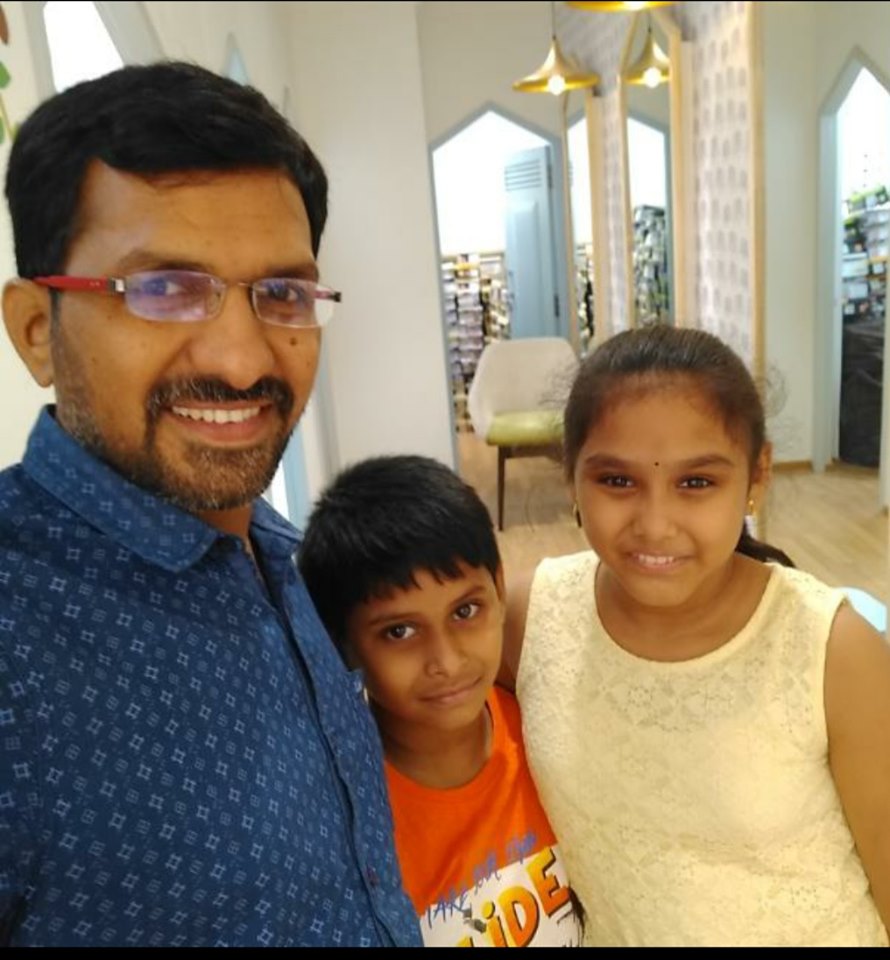In recent years, New-Age India has witnessed a ‘Retail Revolution’ of many sorts. One of the fastest-growing and dynamic industries in the country today, the retail segment has altered its course based on changing customer behaviour, shopping trends, and evolving customer requirements. Here are 7 latest trends that are changing the shopping experience of consumers in India:-
- AI-driven Retail– Artificial Intelligence Systems and Advanced Analytics are being adopted in-store to enhance the shopping experience of customers. For most shoppers today, the purchase intent lies in not just getting the right product at the right price, but also enjoying a holistic shopping experience with visual attractions, impulse buying, and a seamless in-store journey right from entering the store to checking out.
- Debit Card EMI– In the post-Covid-19 world where most household incomes have taken a hit, many shoppers look forward to shopping at stores where they can make high-value purchases using debit card EMI This allows them the flexibility of making payments over a set term, and have the agreed instalments deducted from their account every month. Establishments that have Debit Card EMI-integrated POS systems are being increasingly preferred over those that don’t.
- Pay Later India– The ‘Buy Now Pay Later India’ option is gaining increasing popularity in the aftermath of the pandemic. Across offline and online shopping in India, many retailers are offering the Buy Now Pay Later India Offer that allows customers the option of purchasing products on the spot and paying interest-free EMI in return. Merchants are charged a commission per transaction for this payment option, but the profitability of integrating this checkout option in your POS system far outweighs the commissions. In the past year, this has been a big game-changer in the shopping experience of customers, and it is here to stay for years to come.
- Shop Local– The demand for indigenous products and Indian brands has gone up in the recent past. Be it in apparels, accessories, appliances, furniture, or miscellaneous products, an increasing number of Indian consumers are taking pride in purchasing ‘Made in India’ products. Likewise, the demand for organic products, eco-friendly products, and non-GMO foods has also escalated amongst Indian shoppers.
- Organized Retailing– More and more consumers in India are turning to the organized retail sector for all their purchase requirements. This is in stark contrast to the situation a few decades back when local vendors and neighbouring shops were given more preference. The reasons for this range from increased urbanization, better convenience, increase in the number of women-shoppers, and higher awareness amongst consumers today.
- Health and Wellness Shopping– Yet again in the aftermath of the global pandemic, the need for health and wellness products has witnessed an all-time high. From immunity-boosters to herbal concoctions, and health supplements, the Indian consumer is ready to spend far more on health and wellness products than ever before.
- Digital Payments– Gone are the days when cash payment used to rule the roost. A major chunk of Indian consumers today don’t prefer to carry cash. Their preferred payment modes are either digital payments or card payments. The need for zero-contact shopping in the Covid-era has further enhanced the popularity of the various digital modes of payment like UPI, digital wallets, and QR Code payment. As a retailer, you need to pay attention to this important trend, and ensure that your POS system is advanced enough to accept the various popular modes of payment today.
Conclusion
With online shopping gaining massive popularity, there is an increasing competition amongst offline retail stores to perform well and garner a loyal customer base. As an entrepreneur, if you ensure that your retail establishment is up to date with the latest shopping trends, consumer requirements, and purchase patterns, your chances of succeeding are far higher.

Krishna Murthy is the senior publisher at Trickyfinance. Krishna Murthy was one of the brilliant students during his college days. He completed his education in MBA (Master of Business Administration), and he is currently managing the all workload for sharing the best banking information over the internet. The main purpose of starting Tricky Finance is to provide all the precious information related to businesses and the banks to his readers.




